- About us
- Support the Gallery
- Venue hire
- Publications
- Research library
- Organisation chart
- Employment
- Contact us
- Make a booking
- Onsite programs
- Online programs
- School visit information
- Learning resources
- Little Darlings
- Professional learning
Barry Humphries AO CBE (1934-2023), actor, writer and artist, was the world's all-time most successful solo theatrical performer. After studying law for two years, Humphries joined the Melbourne Theatre Company. In 1955 he created his archetypes of suburban mediocrity: Mrs Edna Everage, a Moonee Ponds mother and housewife, her longsuffering husband Norm, and the washed-out, ruminative Sandy Stone. From the late 1950s Humphries performed in his own one-man shows in Australia, Britain, Europe and the US, and Edna Everage held court with increasing flamboyance in shows including Housewife, Super-star; Edna, the Spectacle; and Eat Pray Laugh!, which Humphries announced would be her last. In 2000 Humphries won a Special Tony Award, a Drama Desk Award, a Theatre World Award, and an Outer Critics Circle Award. He was the subject of the National Portrait Gallery's first large-scale biographical exhibition in 2002. His many books include two different autobiographies, More Please (1992) and My Life as Me (2002) as well as an autobiography of Edna Everage, My Gorgeous Life (1997) in which the meeting between Humphries and Everage is described in detail.
Purchased 2010
© Bill McAuley
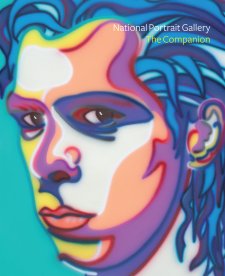
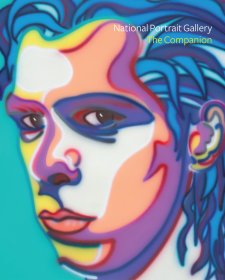

On one level The Companion talks about the most famous and frontline Australians, but on another it tells us about ourselves.
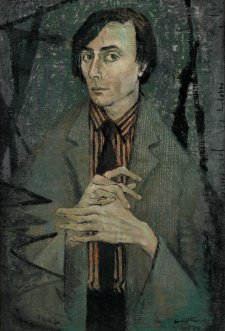
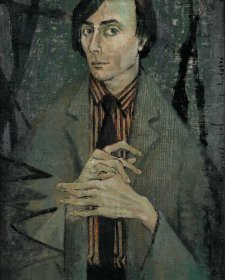
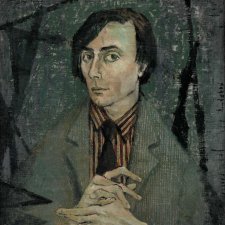
The biographical exhibition of Barry Humphries was the first display of its kind at the National Portrait Gallery.
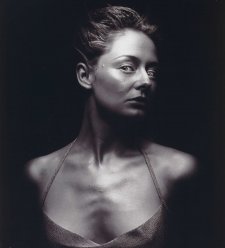
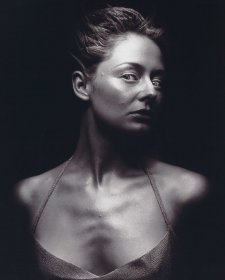

Eye to Eye is a summer Portrait Gallery Collection remix arranged by degree of eye contact – from turned away with eyes closed all the way through to right-back-at-you – as we explore artists’ and subjects’ choices around the direction of the gaze.